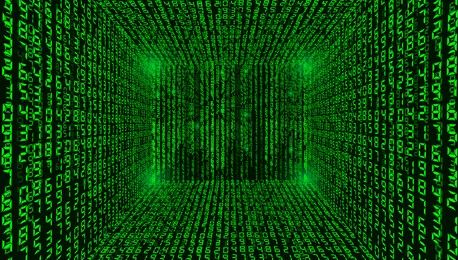
AstroSkipper
MemberContent Type
Profiles
Forums
Events
Everything posted by AstroSkipper
-
I know that he hasn't been here since 02/17/2021. But it doesn't mean he won't answer. First try to send him a PM! The problem is I don't know if I am allowed to provide a link of my copy due to copyright protection. Btw try using the extended kernel. HTTPSProxy won't work either in Windows 2000 without it.
-
I already knew that. For accessing MU in Windows 7 use the app version. In my view there'll never be any chance to get web version of MU working. And I know you are German like me so use Winfuture Update Pack for Windows 7 including all updates until January of 2020 to get rid of error code 0x80072efe. No more to say related to that matter!
-
Your statements are very confusing.What are you talking about? I know you never used it in Win 7 but you want to get it workung. Then you say you just want to get updates from the website like @xpandvistafan. But no one has got workung it until now. The problem is your English. You have to improve your way of articulating and to be more accurate in writing comments.
-
If you want my opinion then take a screenshot of folders WINDOWS\SoftwareDistribution\SelfUpdate\Default\ and WINDOWS\SoftwareDistribution\WebSetup\ in your Windows 7 system using a file manager like Total Commander with hidden system files and extensions enabled. Windows Explorer is pants. PS I think you really shouldn't spoof your user agent. MU has to know which system is yours to provide the suitable updates for it.
-
@Dave-H I've got for you an interesting site to fix Windows Update problems. It is called Reset Windows Update Tool (Script). Here it is: https://github.com/ManuelGil/Script-Reset-Windows-Update-Tool. The last XP compatible version is 10.5.3.7. I've uploaded for you: https://www.mediafire.com/file/k48ll6e41eypogy/ResetWUEng10.5.3.7.zip/file and version 10.5.3.4 with an help file included: https://www.mediafire.com/file/wl0yrq98me8dfkj/ResetWUEng10.5.3.4.zip/file
